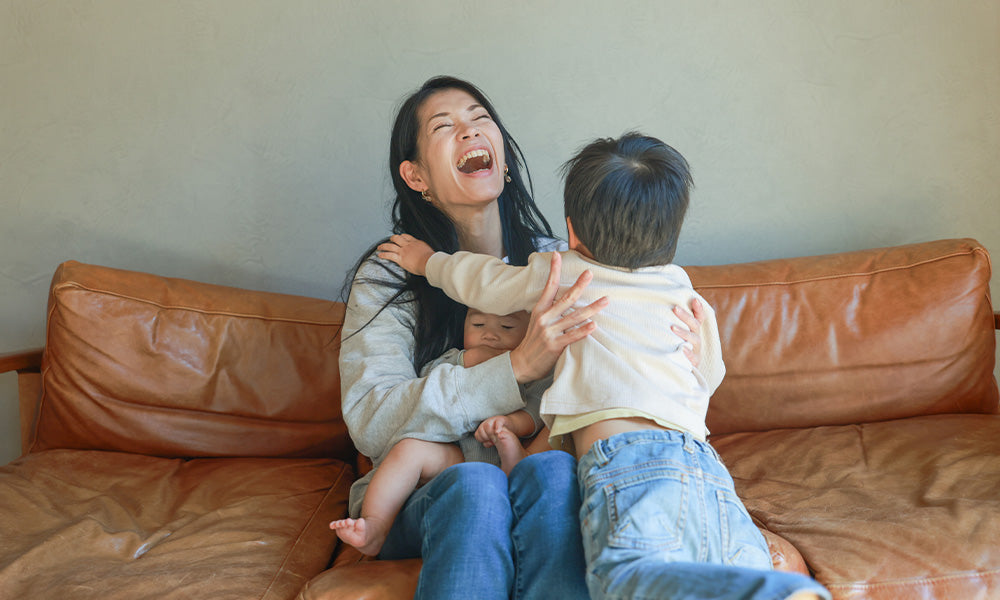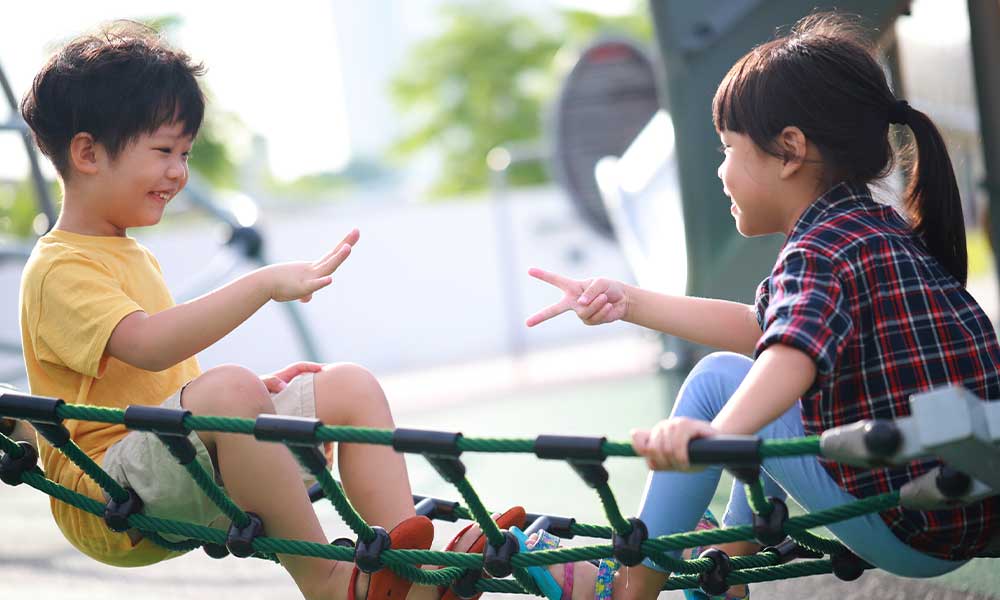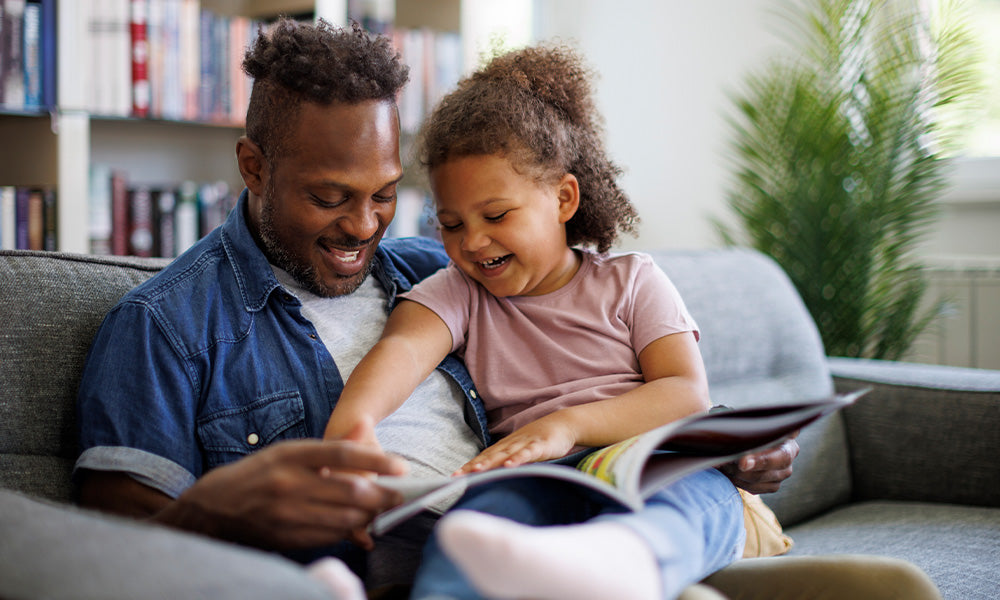In December 2022, my husband and I became licensed foster parents. We prepared with hours of training, stocked the essentials, bought clothes for the ages we anticipated, and even found a daycare. We expected to be thrust into a child’s developmental stage without the grace of experiencing the ones before it. We knew the child would likely struggle, not because of who they are, but because of what foster care often entails.
But no one prepares you for what it’s like to read a child’s case file.
The words hit like a freight train: “scalded by boiling water, ingested bleach due to lack of supervision, used as a hostage during a visit, had a gun drawn on them by a parent.” Each affidavit delivered a bolt of grief and a deeper question: How did we get here?
There’s a common misconception that parents in the system don’t love their children. I’ve seen the opposite. But love without healing—and without the opportunity to learn new ways of parenting—can be misdirected and, at times, dangerous. Without deep, consistent, compassionate support for parents—and more importantly, safety, stability, and healthy role models for children—love alone can’t break the cycle.
Foster care training teaches you how to support children from hard places. What it doesn’t teach you is how to carry the weight of their parents’ unresolved childhood trauma too. And yet, that trauma is always in the room. It lingers behind every court date, every failed visit, every painful step backward. The truth is, many of these parents love their children fiercely.
But love alone doesn’t equip someone to parent well. Too often, parents involved in CPS cases were once children in foster care themselves. They’ve survived environments where chaos, neglect, and violence were the norm. Reunified children and their parents rarely receive lasting therapeutic support or tools to build on the progress made during an open case. Those adopted may grow up silently—or loudly—wrestling with abandonment and trauma that shows up in unsafe, life-altering decisions. When they become parents, those old wounds bleed into the present. And when parenting stress meets unhealed trauma, survival instincts can take over: substance use, violent relationships, missed work, disconnection from reality. Not out of malice, but out of muscle memory.
I’ve seen this cycle unfold time and time again. So far, I’ve cared for 10 kids in foster care, in varying capacities. And there’s one case I think about daily.
A baby came into our care at four months old, removed due to domestic violence and criminal activity in the home. Both parents had CPS histories of their own. After six months, the baby was placed with a trusted relative who had safely raised other children in the family. We were heartbroken to say goodbye, but grateful they were with someone safe. The system had “worked” in this case.
Then the past crept back in. One of the parents—who had grown up in the system and had been involved again as a parent—began calling in false reports of abuse against the caregiver. It was retaliation, a way to exert control. The caregiver was investigated, and the child, along with their younger sibling, was removed again. That same parent is now incarcerated, facing trial for aggravated assault with a deadly weapon after allegedly shooting at neighbors, including three children. And yet, they still retain parental rights even though they are not raising the children. Once again, the kids were uprooted. Separated. Re-traumatized.
What I know for certain is this: as long as that parent knows where their children are and maintains their parental rights, the children will continue to bounce between the system and the relative trying to raise them. That parent’s unresolved trauma, mental illness, and history will never allow their children to find peace, let alone healing. And likely, they will return to the system one day as parents themselves, fighting for custody of their own children.
Sadly, this isn’t rare. One study found that 39% of former foster youth who became parents later had at least one instance of CPS involvement. In my experience, about half of the families I’ve supported involved parents who themselves had open CPS cases as children. Trauma doesn’t just echo. It compounds.
And the data confirms it. Rates of pregnancy and parenthood among current and former foster youth are two to three times higher than those of their non-foster peers. Young mothers aging out of care also experience higher rates of repeat pregnancies and face significant parenting stress, placing them at increased risk for child maltreatment. These aren’t just statistics, they’re a reflection of a system that often fails to interrupt generational cycles before they begin again.
I once heard an adoptive parent explain how she answered when her children asked why their biological parents didn’t raise them. Her words stuck with me: “Healthy people raise their kids.” That’s not cruelty—it’s clarity. Most of these parents never had a healthy model to learn from. They’re doing the best they can with what little they were given.
And if you’re thinking of a family where the parents clearly weren’t healthy but still managed to raise their kids, they likely had something else: resources. In this context, “healthy” means more than physical or mental well-being. It includes sound decision-making, the ability to plan for the future, stable extended family structures, and access to resources outside government systems.
In many states, the foster care system is stretched thin and starved of common sense and critical thinking. Too many children are removed, no real progress is made, and they are returned to unsafe situations—just so the department can report improved reunification rates.
Not understanding how the system works creates a deep, invisible divide between struggling parents and the universal challenges of raising children, especially today. To close that gap, we must raise the standard for what every child deserves, hold higher expectations for parents, and importantly, expand the support available to meet those expectations.
Because what’s deemed “acceptable” for children in foster care would never be acceptable for the children of the judges, attorneys, caseworkers, or policymakers involved in the system.
Real change looks like meaningful, proactive support—not just reactive intervention. That means wraparound programs starting at birth for new parents with childhood CPS histories, offering a co-pilot through one of life’s most overwhelming transitions. And when cases do open: long-term therapy, stable housing, parenting education, job training, and, above all, caseworkers with the time, tools, trauma-informed training, and autonomy to serve families with the nuance and consideration they deserve.
That will take intention. Investment. Reimagination of how this system works. And a relentless focus on the child—not just in the moment, but into adulthood. From the system, yes, but also from all of us.
Because these aren’t just case files filled with heartbreaking stories.
They’re kids.
They’re futures.
They’re our shared responsibility.
They deserve better.
And we can absolutely do better.



